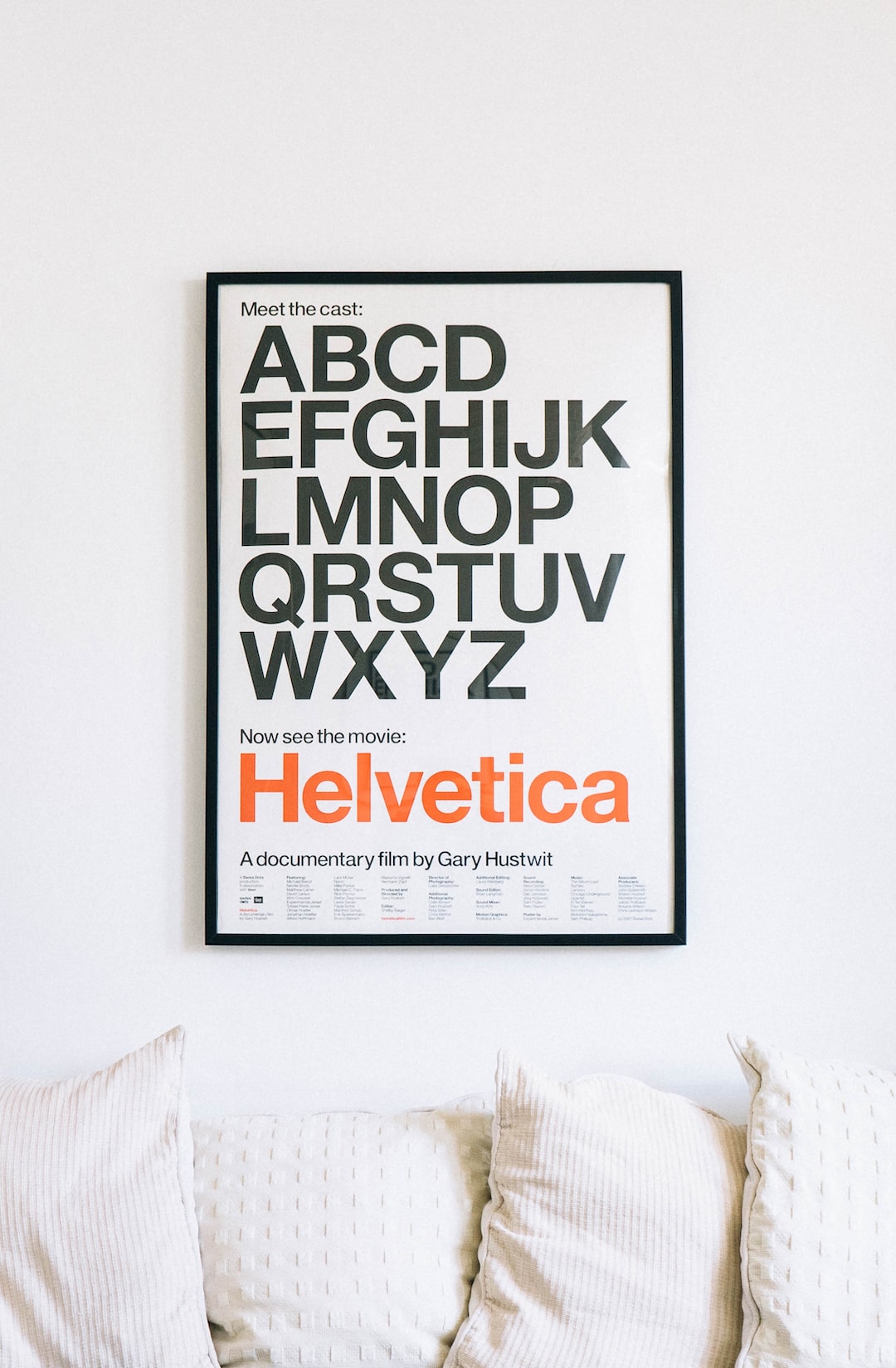Incorporating Sustainable Design Practices into Interior Design
With the increasing focus on sustainability and environmental awareness, many industries have begun to adopt sustainable practices in their operations. Interior design, too, has taken up the mantle by incorporating sustainable design principles into its projects. By utilizing sustainable materials and techniques, interior designers can create spaces that not only look aesthetically pleasing but also contribute to a healthier and cleaner environment. In this blog post, we will explore some key ways in which interior designers can incorporate sustainable design practices into their work.
One of the most important aspects of sustainable interior design is the use of eco-friendly materials. Traditional building materials can have a significant impact on the environment due to the energy-intensive processes involved in their production. However, there is a wide range of sustainable materials available that can be used as alternatives. For example, bamboo is a renewable resource that can be used for flooring, furniture, and even as a decorative element. It grows quickly, requires minimal pesticides, and can be harvested without causing harm to the environment. Other sustainable materials include reclaimed wood, recycled metal, and natural fibers such as wool and jute.
Furthermore, interior designers can also focus on minimizing waste by reusing and recycling materials whenever possible. Rather than discarding existing furniture and décor, they can be refurbished or repurposed to give them a new lease on life. By doing so, designers can reduce the demand for new products and prevent unnecessary waste. Additionally, using materials made from recycled content, such as carpets or wallpapers, can further contribute to waste reduction.
Energy efficiency is another crucial aspect of sustainable interior design. Designers can incorporate energy-saving lighting fixtures, appliances, and heating/cooling systems in their projects. LED lights, for instance, consume less energy and have a longer lifespan compared to traditional incandescent bulbs. Similarly, selecting energy-efficient appliances and systems can significantly lower the energy consumption of a space. Additionally, designers can consider natural light and proper ventilation to reduce the need for artificial lighting and air conditioning.
Water conservation is also an integral part of sustainable interior design. By installing low-flow fixtures such as faucets, toilets, and showerheads, designers can help minimize water wastage. Greywater systems, which collect and reuse water from sinks and showers for non-potable purposes like irrigation, can also be incorporated into design plans. Additionally, selecting water-efficient appliances like dishwashers and washing machines can further contribute to conserving this valuable resource.
Incorporating biophilic design is another excellent way to enhance sustainability in interior design. Biophilic design connects people with nature by integrating natural elements, such as plants, natural light, and views of the outdoors, into the built environment. Research has shown that exposure to nature has a positive impact on well-being, productivity, and creativity. By incorporating biophilic design principles, interior designers can create spaces that not only promote sustainability but also promote a sense of well-being among occupants.
Collaboration with suppliers and manufacturers that prioritize sustainability is also essential in the interior design industry. By partnering with companies that produce eco-friendly products, designers can ensure that the materials used in their projects have a minimal environmental impact. It is crucial to choose suppliers that adhere to sustainable practices, such as using non-toxic materials and reducing waste in their manufacturing processes. Through these partnerships, designers can have a more significant influence in promoting sustainable practices throughout the supply chain.
In conclusion, incorporating sustainable design practices into interior design is essential for creating spaces that consider the well-being of both people and the environment. By using eco-friendly materials, minimizing waste, focusing on energy and water conservation, and incorporating biophilic design principles, interior designers can contribute to a more sustainable future. By collaborating with like-minded suppliers and manufacturers, they can play an active role in making sustainable design the norm rather than the exception. Together, we can create spaces that are not only visually appealing but also sustainable and environmentally friendly.

